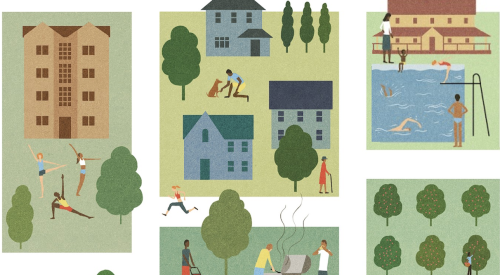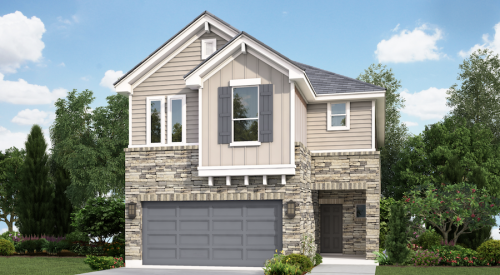The suburban apartment market has seen booming activity while the urban market dips. The pandemic pushed many to look for homes with more space at more affordable prices, which attracted renters to the suburbs. According to John Burns Real Estate Consulting, Class A suburban apartments are holding up well as renters upgrade for better deals. Even affordable apartment owners are holding up as tenants cannot afford to move and are helped by eviction moratoriums. But the research firm suggests now is the time to analyze who your renters are now and in the future to identify upcoming amenity trends, rent levels, and unit sizes.
Here are some insights about the renters in the US today:
They are young, but not that young. While 26% of renter households in the US are between the ages of 25 and 34 today, the next largest segment of the market is between the ages of 35 and 44 (families), and beyond that, between the ages of 45 and 54 (empty nesters). These older renters will continue to seek more space in a suburban environment with good work-from-home amenities.
More than half of renters in the US can only afford rents less than $1,200. John Burns Real Estate Consulting’s national apartment demand model is based on income levels across the US and indicates about 60% of renter households earn less than $50,000 per year, which translates to a maximum rent of about $1,200 per month.













